There’s a lot of debate in the culinary world about what is the best kind of cutting board- end grain or long grain. So, which one should you choose? Let’s take a look at the pros and cons of each to help you make an informed decision when buying your new cutting board.
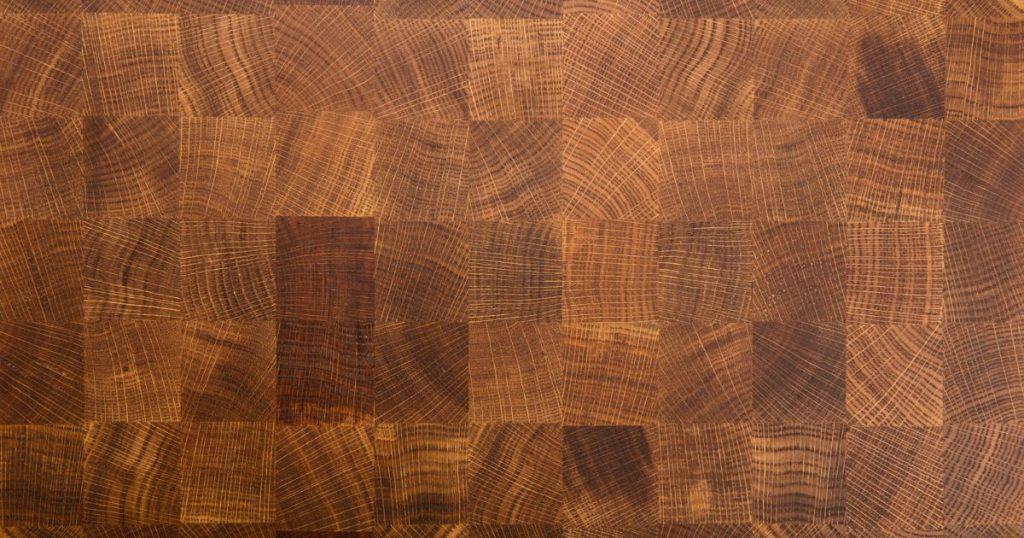
End Grain Cutting Boards
An end grain cutting board is made from small pieces of wood glued together in a checkerboard pattern. End grain cutting boards are an elegant addition to any kitchen and offer the best possible cutting surface. Unlike traditional long grain or edge grain boards, end grain butcher blocks are made by gluing together small pieces of wood in a checkerboard pattern.
This end grain technique is ideal for cutting boards because it prevents the board from absorbing food stains and odors, providing a more hygienic surfacing option. It also offers one of the most durable cutting surfaces available. With proper maintenance and care, end grain cutting boards can provide a lifetimes’ worth of joy and make food preparation easier than ever before.
End grain cutting boards may be more expensive than long grain or edge grain cutting boards, but for good reason. These boards are hardier and longer lasting because end grain wooden boards actually hide knife marks as the end of the wood’s fibers are pointed upwards, lessening damage done to the board.
End grain also provides a better surface for food preparation and this makes them a great choice for chopping vegetables or any other kitchen activities that require a good cutting board. Not only that, end grain cutting boards have been shown to maintain their integrity over longer periods of time, meaning you won’t need to replace it nearly as often as you would with other board types. So yes, end grain cutting boards may be slightly more expensive – but if you’re looking for the best cutting board, end grain is where it’s at!
Long grain cutting boards
Long grain cutting boards are a wooden board made from long slabs of wood, typically harvested from a single tree. Each long slab contains all of the wood’s growth rings – rings that form when the tree gains new layers as it grows and expands in size. The growth rings create an indentation known as the “flat grain” pattern – a unique, reusable piece of art for these long grain boards! When used for food preparation or serving, these long grain boards make an elegant statement in any kitchen.
The downfall to long grain boards is that they will show knife marks and scratches. For this reason, I try to use them solely as serving platters and not as a butting board. Long grain cutting boards are usually a bit more expensive than the more common edge grain boards but require minimal maintenance and offer timeless beauty.
Plus, if you take proper care of your long grain board, it should last several generations!
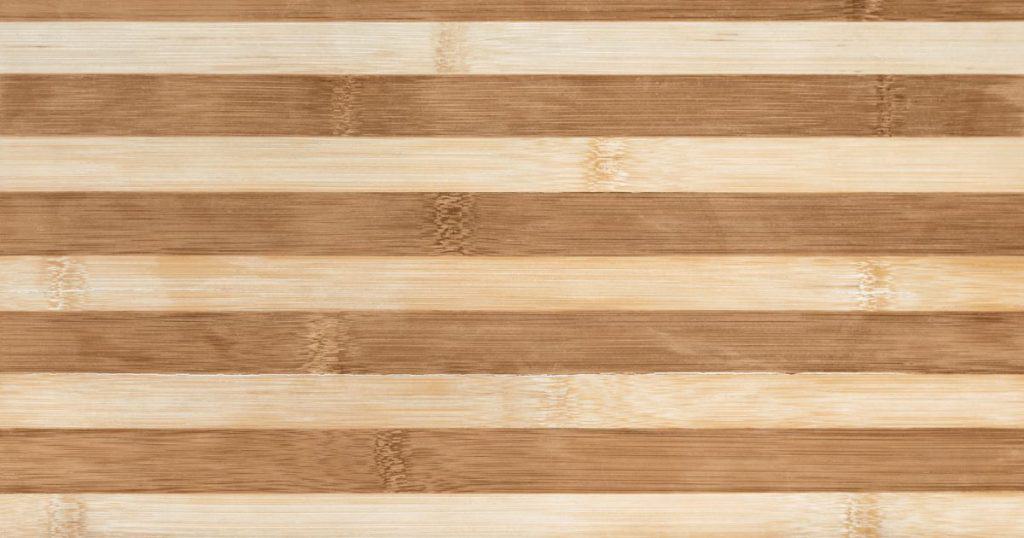
Edge grain cutting boards
The edge-grain board has a unique look that can make any kitchen stand out. These boards are made of several long strips of wood glued side by end, usually in alternating colors and types. This creates a beautiful board, with the end-grain direction at the corners, providing an interesting pattern that can be quite stunning. Edge grain cutting boards require just as much care as end-grain, or any other type for that matter – frequent oiling is necessary to maintain them in good condition and protect against cracking or warping. Without proper maintenance, the wood fibers of an edge grain board will begin to splinter. They may also be a bit more expensive than end-grain boards due to the different types of wood, but they will certainly steal the show in your kitchen!
Care and Maintaining Wooden Cutting Boards
All three types of cutting boards require regular cleaning and oiling to keep them looking their best and prevent them from warping or cracking.
If you’re looking for the perfect cutting board for your kitchen, you may have come across several different types: end grain, long grain, and edge grain. Although they may look similar, these types of wooden cutting boards are not created equal. End Grain boards are more expensive due to the unique construction – they use cross-sectioned pieces to create a checkerboard-style effect – but they’re also the most hard wearing. Long Grain boards require less mineral oil than other types of boards to prevent them from drying out, while plastic and edge grain boards can do well with regular maintenance. However, no matter which type of cutting board you choose, all three will need mineral oil to help keep their surfaces in good condition over a long time. Keeping up with regular cleaning and occasional mineral oiling is key for making sure your board looks its best!
- Chopping Board Care Set: Elevate the maintenance of wooden kitchen gadgets and boards with the 16-ounce bottle of maintenance oil and the 5-ounce bottle of moisture cream
- Package Specifications: Wood oil and cream package measures 5” x 3” x 9” (L x W x H) with a weight of 1 lb; Mystery Oil comes in 16 oz and Moisture Cream comes in 5 oz
- Optimal Cleaning: Boos Block care set is made to stop drying, splitting, and cracking of wooden cutting boards, bowls, or kitchen utensils with a protective barrier to let bacterial fluids bead up
- Low Maintenance: For best use, apply the oil and cream to your Boos cutting board about 1 time per month and use more often for new boards or in excessively dry or arid climates
- A Trusted Tradition: Since 1887, John Boos gourmet products have been trusted in the world’s finest kitchens and workspaces through our dedication to custom and unwavering precision craftsmanship
Which Cutting Board is Best?
So… Edge vs end grain cutting board… its both! Unlike Long Grain boards, Edge Grain and End Grain Cutting Boards are less likely to warp or crack than long grain cutting boards, making them a better investment in the long run.
If you’re looking to make a wise investment when it comes to serving boards, edge grain and end grain cutting boards are the way to go. These gorgeous countertop warriors boast impressive durability and won’t warp like other specialized boards, such as face grain boards. That means that in the long run, you’ll find your end grain or edge grain board serving its purpose for years and years! Not to mention, these cutting boards have classic good looks and will spruce up any kitchen space. So don’t waste time on inferior serving boards – get an end grain or edge grain cutting board for ultimate longevity!
What type of wood makes the best cutting board?
The best wood for making cutting boards is hardwood. Hardwoods, such as maple, walnut, and cherry are known for their durability and resistance to warping or cracking when exposed to moisture. The end grain finish also helps protect the board from knives and other sharp objects.
However, bamboo, soft woods like pine, and composite materials such as plastic and composite wood can also be used for cutting boards. Whatever type of material you choose, make sure it is easy to clean and maintain, and that it has anti-bacterial properties to ensure the board is free from germs. Additionally, some woods have natural antifungal properties, which are a great addition for the kitchen. Finally, make sure the wood is sustainably sourced and that it meets any local regulations for food-safe materials. All of these factors should be taken into consideration when choosing the best type of wood for your cutting board.
Do hardwood cutting boards hurt my knife’s edge?
In short, no. Hardwood cutting boards are designed to protect your knives and keep their edges sharp. The surface of the board is constructed in a way that prevents the knife blade from becoming dull over time. The end grain construction also allows for a gentle cutting motion while slicing through foods.
It is important to note that all chopping boards need to be taken care of and regularly oiled to maintain their effectiveness. If a board is not cared for properly, it can start to break down over time, creating an uneven surface that could dull your knives. So make sure you are giving your cutting boards the regular love and maintenance they need in order to keep your knives sharp!
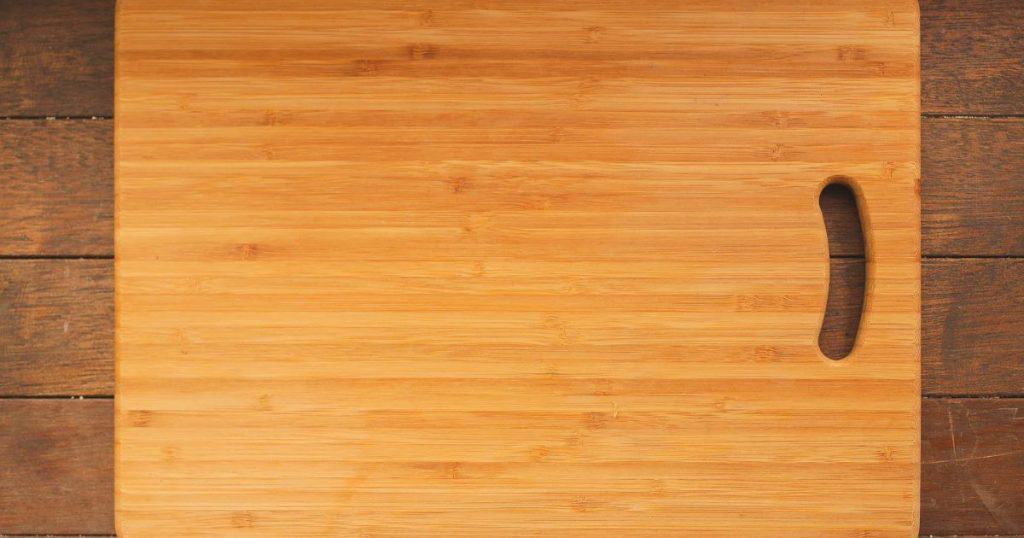
Bamboo cutting boards – are they worth it?
Bamboo cutting boards are a great alternative to hardwood boards, as they provide an eco-friendly option that is still durable and long-lasting. Bamboo is naturally anti-bacterial, so it will not harbour germs or bacteria like other materials can. Additionally, bamboo is renewable, meaning that you don’t have to worry about the environmental impact of using this material.
As far as performance goes, bamboo cutting boards are comparable to hardwood boards and can stand up to heavy chopping and slicing. However, they may not last quite as long as a hardwood board. Ultimately, it comes down to what you’re looking for in terms of performance, cost, and sustainability. If you’re looking for a great eco-friendly option with good longevity, bamboo cutting boards are worth considering.
- 𝐓𝐇𝐑𝐄𝐄 𝐏𝐄𝐑𝐅𝐄𝐂𝐓𝐋𝐘 𝐒𝐈𝐙𝐄𝐃 𝐒𝐄𝐑𝐕𝐈𝐍𝐆 𝐁𝐎𝐀𝐑𝐃𝐒: Our bamboo cutting board, coming in a convenient set of 3, offer...
- 𝐁𝐔𝐈𝐋𝐓-𝐈𝐍 𝐒𝐈𝐃𝐄 𝐇𝐀𝐍𝐃𝐋𝐄𝐒: Designed for multipurpose use and easy handling, our wooden cutting board features built in carrying handles, so you’ll...
- 𝐊𝐍𝐈𝐅𝐄-𝐒𝐀𝐅𝐄, 𝐆𝐄𝐍𝐓𝐋𝐄 𝐒𝐔𝐑𝐅𝐀𝐂𝐄: Our smooth bamboo wood is gentle on your knife blades, keeping them from quickly dulling, so you won’t...
- 𝐍𝐎 𝐌𝐄𝐒𝐒 𝐂𝐔𝐓𝐓𝐈𝐍𝐆 𝐀𝐍𝐃 𝐓𝐑𝐀𝐍𝐒𝐅𝐄𝐑: These professional grade cutting boards can be used anywhere from industrial restaurant kitchens...
- 💰𝐌𝐎𝐍𝐄𝐘-𝐁𝐀𝐂𝐊 𝐖𝐀𝐑𝐑𝐀𝐍𝐓𝐘: Our brand, ROYAL CRAFT WOOD is committed to providing our customers the best possible support and satisfaction. That’s why...
To sum it up, end grain cutting boards are most expensive and most difficult to make, but they are also the most durable and least likely to warp or crack. Edge grain cutting boards provide a middle ground between cost and durability: they are not as expensive as end grain, but have better longevity than long grain.
Long grain boards tend to be the least expensive but may need to be replaced more frequently due to warping or cracking. Regardless of which type of board you choose, wood cutting boards require regular cleaning and oiling in order to keep them looking their best for years. So when it comes down to it, what type of wood makes the best cutting board? The answer is clear: whichever type best suits your needs!
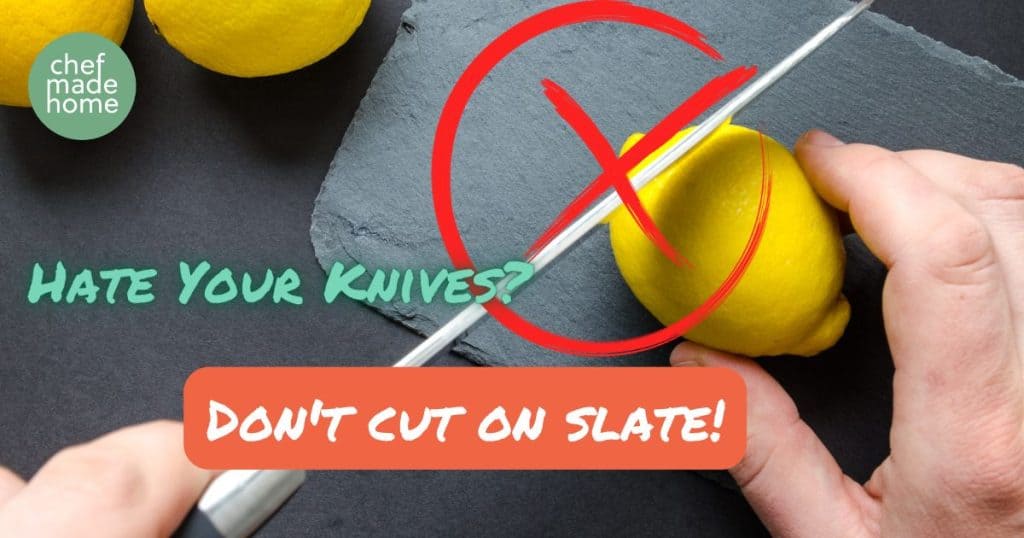

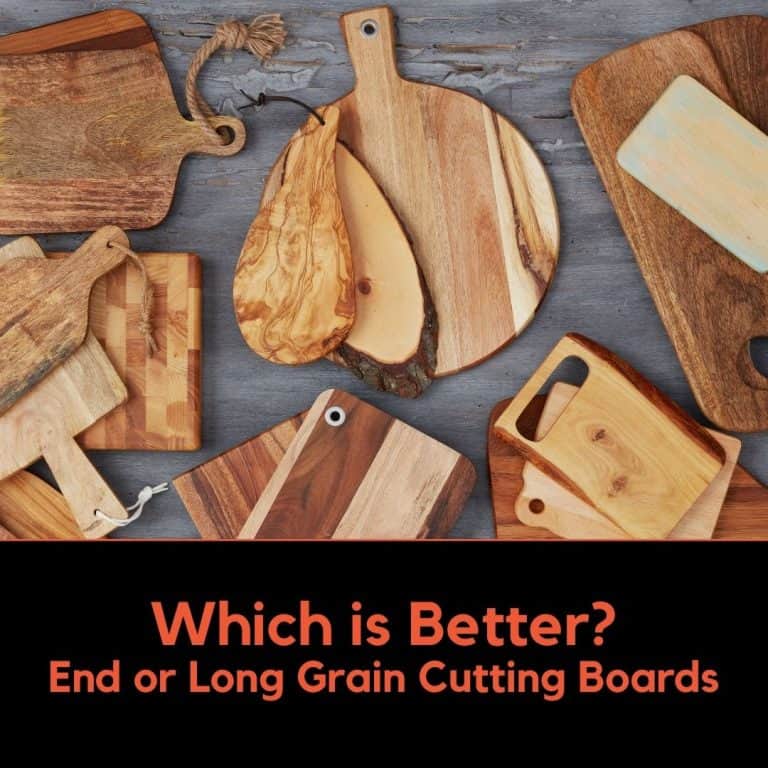


![Large End Grain Butcher Block Cutting Board [1.5" Thick]. Made of Teak Wood and Conditioned with Beeswax, Flaxseed Oil & Lemon Oil. 16" x 11" Chopping Board by Ziruma.](https://m.media-amazon.com/images/I/51-rBlkmewL._SL160_.jpg)




